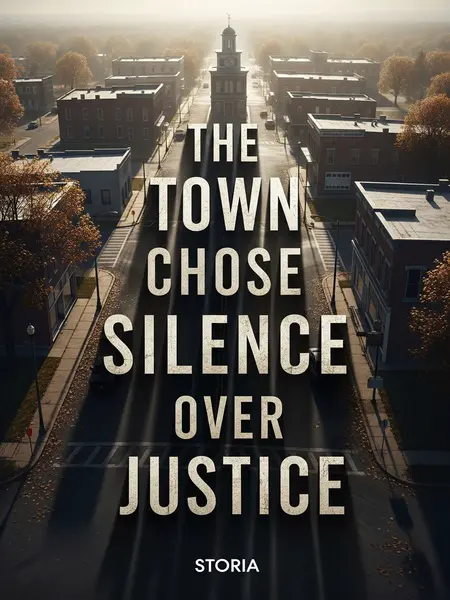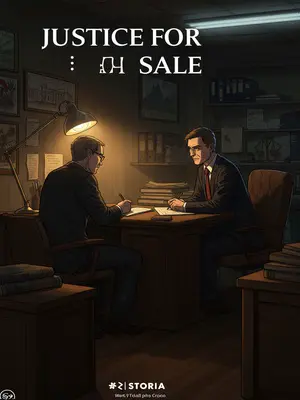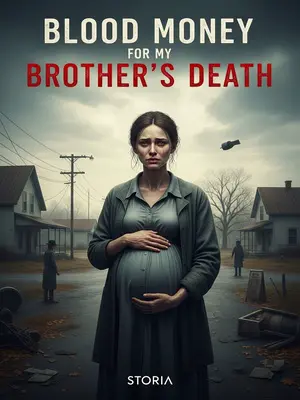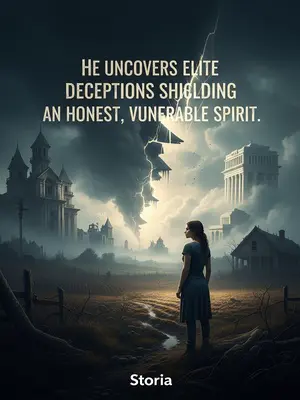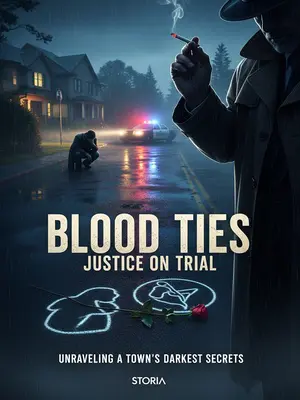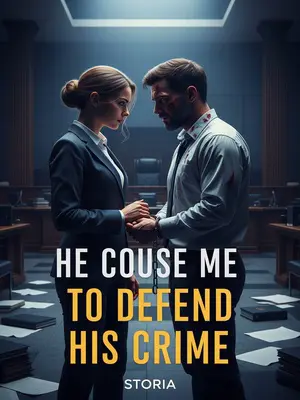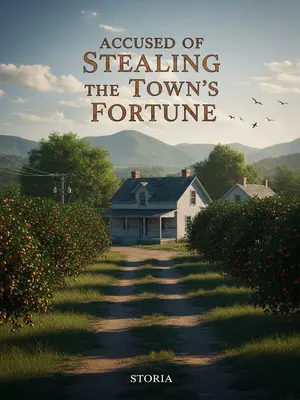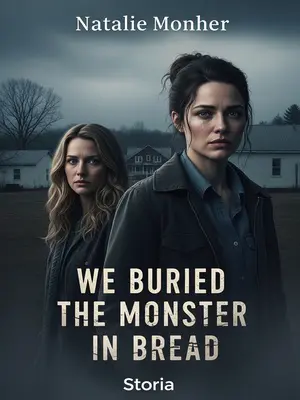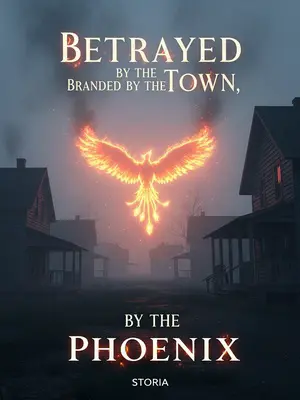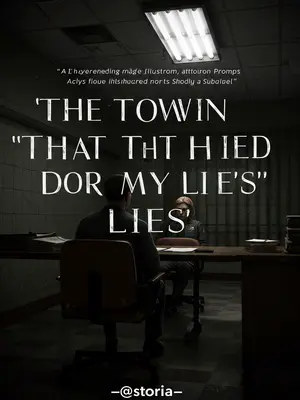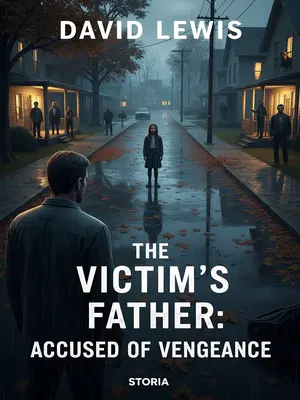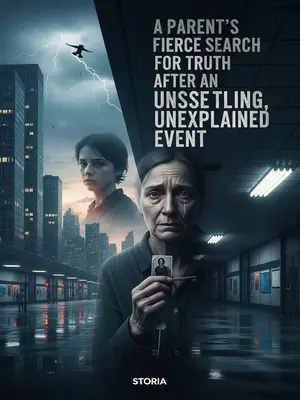Chapter 6: The Orange-Roofed House
As mentioned before, the two girls’ accounts shared one detail: nearly every month, they would go together to the park in town on a weekend.
The park wasn’t much to look at—broken benches, overgrown flower beds, and a faded playground that creaked in the wind. But for the kids, it was a rare escape. We circled it on the map, deciding it was time for a closer look.
We knew that park. It was open to the public, next to the town square and a small wooded hill, somewhat remote.
On the edge of the park, the trees grew thick, hiding a few trails used mostly by teenagers and dog walkers. The town square, with its rusted Civil War statue, felt like a different world entirely—a place for parades, not secrets.
At first, we didn’t think it odd that the girls went there on weekends. But with no other clues, we had to check it out.
Jason and I split up—he checked the old picnic shelters, I walked the perimeter, looking for anything out of place. It was quiet, the air thick with heat, and the silence pressed in on us.
The park was old and rarely visited. Most of its landscaping consisted of maple trees—tall, full-canopied, and common in the Midwest. It was clear the county hadn’t invested much in maintenance.
We crunched over fallen leaves and broken branches. The wind rustled the canopy overhead, dappling sunlight on the cracked pathways. The place felt forgotten, like the town itself had turned its back on it years ago.
While looking around, we found a suspicious house in the park’s southwest corner—a three-story house with a cute orange roof. Sitting in the rundown park, it looked oddly out of place.
It stood out—fresh paint, crisp lines, and a cheerful color scheme that felt almost mocking amid the decay. I pulled out my phone, snapping a few photos. Jason whistled low. “What’s a place like that doing out here?”
We knocked, but there was no answer. It seemed empty.
I pressed my ear to the door, but all I heard was the faint creak of floorboards settling. The mailbox was stuffed with junk flyers, but the steps were clean—someone had been there, but not today.
But on inspection, we found that the path and area around the house had much less dust than elsewhere in the park. Someone had definitely cleaned recently.
I crouched and ran a finger over the porch rail—clean, not even a spiderweb. Jason checked the doorknob: polished, no smudges. Someone was taking care of this place in secret.
To find out what this orange-roofed house was, we went to the park’s management office.
The office was a cramped prefab trailer, smelling of stale coffee and cheap aftershave. The walls were lined with faded safety posters and a dusty American flag hung in the corner.
The person in charge, Mr. Anderson, was about fifty.
Anderson wore a ballcap with the county park logo and chewed nervously on a toothpick. He was the kind of middle manager you find everywhere—cheerful but guarded, with a knack for saying a lot without revealing much.
He told us the house was originally planned for commercial use—a hotel or restaurant. But after it was built, it didn’t comply with new county park management policies that prohibited business operations in open parks. So, the building was sealed as an illegal structure.
He pointed out a stack of paperwork—permits, legal notices, fines. “Whole thing’s a mess,” he said. “Built it too late. Now we can’t use it for anything.”
I couldn’t help but ask, “Has anyone been there recently? Or is it cleaned regularly?”
Anderson’s eyes flickered, but he shook his head. “No, it’s sealed up tight. No one’s allowed in—not even us. County’s got the only keys.”
Mr. Anderson answered firmly, “No, it’s sealed. No one can get in, not even our staff. The door lock isn’t ours.”
It was the kind of answer that raised more questions than it answered. Jason shot me a look—he smelled a cover-up too.
Clearly, he was lying. But at that point, we had nothing to go on, so we didn’t press him.
We exchanged a look—file it away for later. The truth always has a way of bubbling to the surface, especially when you keep asking the right questions.
We made another request: “Then please help us check the surveillance footage.”
My intention was just to see if the three girls had visited the park last weekend.
We weren’t expecting much—maybe a shot of the girls laughing, a timeline to confirm their story. But every scrap of footage was precious.
But Mr. Anderson launched into a lengthy explanation: “Sorry, that building—inside and out—has no surveillance at all. To be honest, the park hasn’t had maintenance funds for a long time. The surveillance system is old, with only a few cameras at the main entrance and some other spots—not even at the back gate…”
Jason quickly clarified, “We’re not asking about that house, just the main entrance and other access points.”
Mr. Anderson nodded repeatedly. “No problem, I’ll take you to the control room.”
He led us down a short hallway to a tiny room cluttered with monitors and paper coffee cups. The air conditioning rattled overhead.
Frankly, the park’s security was a joke. Such a large park, but only about ten cameras, and footage was kept for just seven days. Normally, public spaces keep footage for at least one to three months.
Jason muttered, “Figures,” as he scrolled through the grainy footage. Seven days would have to do.
But seven days was enough. We did find the three girls on the footage.
There they were—Emily, Rachel, and Sarah—arms linked, skipping through the main entrance, faces bright and carefree. I felt my throat tighten watching them, not knowing then that one of them would never come home again.
Watching them on screen, arms linked, happily entering the park, I felt a pang of sadness. Emily was already gone, and Rachel and Sarah would not have easy days ahead.
Even the static-ridden video couldn’t hide the innocence in their smiles. A lump formed in my throat—these were just kids, caught up in something far bigger than themselves.
I also noticed something odd. Though there were only about ten cameras, of all the footage, we saw the three girls only at the main entrance. After that, they never appeared again.
Jason paused the tape. “They go in, but never show up anywhere else. Like they vanished.” It wasn’t just odd—it was suspicious.
Mr. Anderson explained this was because the park was big—they might have gone to a gazebo to do homework or played elsewhere, so it was normal not to be captured.
His explanation was too casual, his smile too forced. “Kids wander off all the time. Cameras can’t catch everything.”
Normal? Not necessarily.
Jason and I exchanged a glance—neither of us buying it for a second.
We requested a copy of all the surveillance footage and left.
I slipped the USB drive into my pocket. “We’ll go over this at the station,” I told Jason, my mind already racing ahead.
I was certain the orange-roofed house was suspicious. But I had no idea just how terrible the truth would be.
I didn’t know it yet, but that orange-roofed house was about to blow this case wide open.
